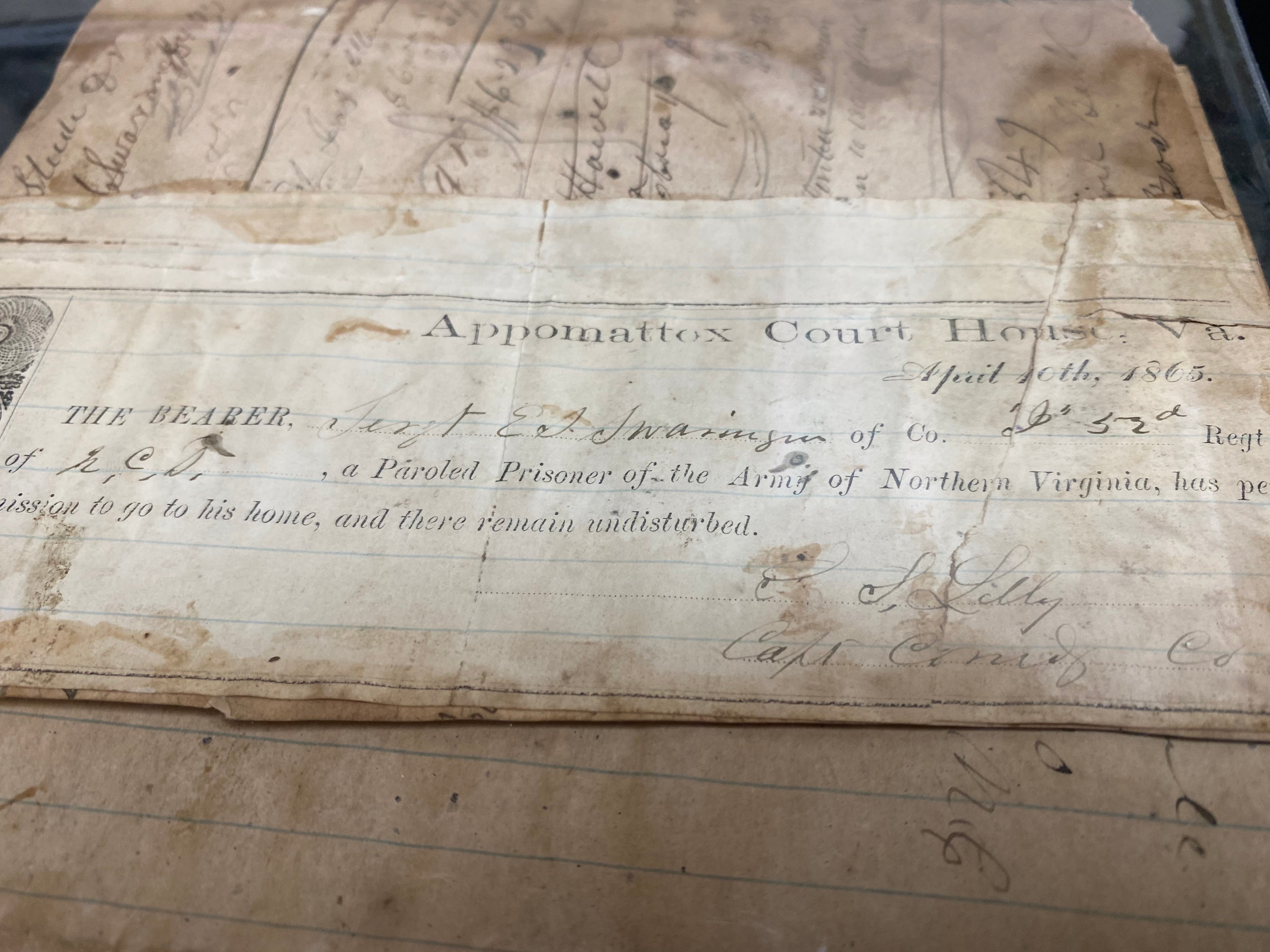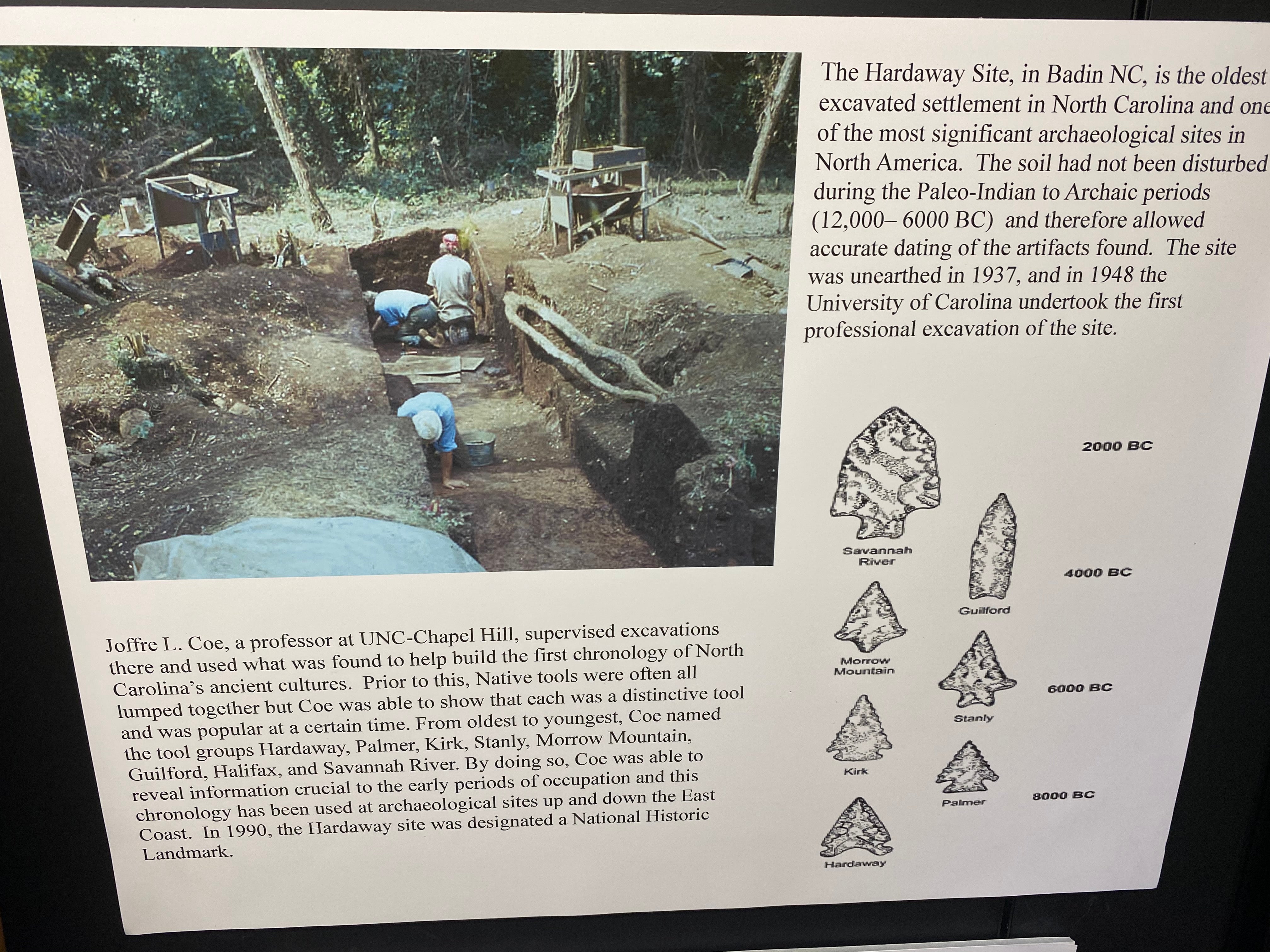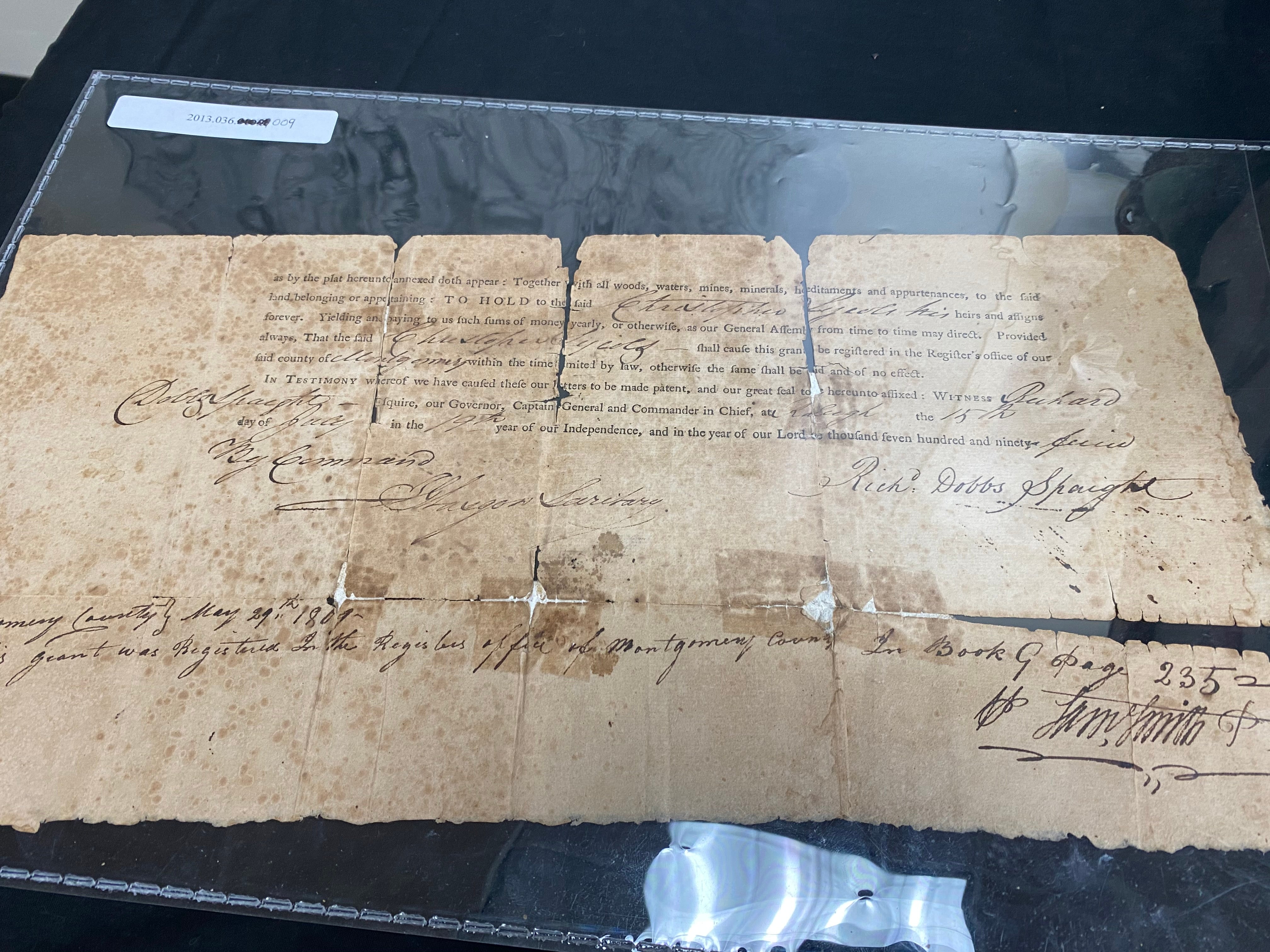Stanly County Museum hosts virtual exhibit detailing the county’s history
Published 2:15 pm Monday, March 1, 2021

- An 1865 parole pass which allowed a Stanly man named Swaringen to return safely home after the Civil War ended. He was present when Gen. Robert E. Lee surrendered to Union Gen. Ulysses S. Grant.
|
Getting your Trinity Audio player ready...
|
The Stanly County Museum is going back in time for its latest virtual exhibit, which will take people on a journey throughout much of the county’s history.
Titled “Land Between the Rivers,” which can be viewed on the museum’s website or in-person, the exhibit showcases some of the historical artifacts and treasure troves residents have donated to the museum over the years.
“Stanly County has such an eclectic past and all these different facets of cultures all came together in this one county and so we have amassed in our collection so many unique things,” said Museum Director Megan Sullivan.
Aside from the donations, the idea for the exhibit, which comprises two and a half cases, also came as a result of many people asking questions over the years related to the county’s history, Sullivan said.
“I decided to have this as a permanent exhibit so that way hopefully we can answer their questions…about Stanly County,” she said.
The exhibit begins with Native Americans settling in the county thousands of years ago. Sullivan said they referred to the area as the “land between the rivers.” The exhibit then examines early education, transportation, industries, military battles and more throughout Stanly’s history. The county was first incorporated in 1841.
Below are a few of the artifacts included in the exhibit:
- Photo of the Hardaway Site in Badin which is the oldest excavated settlement in the state. When it was first discovered in 1937, it was the first undisturbed ancient settlement along the East Coast. Due to the condition of the Native American tools that were found, the site allowed archeologists to better date other ancient tools that had previously been discovered in other parts of the country. The site was designated a National Historic Landmark in 1990.

The Hardaway Site in Badin, which was discovered in 1937, is the oldest excavated settlement in the state.
- A document from 1795 signed by Richard Dobbs Spaight, the eighth governor of North Carolina and a signer of the U.S. Constitution. He was killed in 1802 by John Stanly, a U.S. Congressman whom the county is named after, in the last legal duel in the state. Sullivan said they were political rivals and had been verbally sparring for years. According to legend, both men missed twice before Stanly landed the killing shot. Stanly was initially prosecuted for the death before being pardoned by Gov. Benjamin Williams.

A document signed by Richard Dobbs Spaight, former N.C. governor who was killed in a duel by John Stanly, a U.S. Congressman whom the county is named after.
- A parole pass from a Confederate soldier (and Stanly resident) named Swaringen who was present when Gen. Robert E. Lee surrendered at Appomattox Court House in 1865 to Union Gen. Ulysses S. Grant, ending the Civil War. The pass allowed Confederate soldiers to return home without fear of attack by Union soldiers. Dated April 10, 1865, the pass gave Swaringen “permission to go to his home, and there remain undisturbed.”
The museum is open to the public from 9 a.m. to 5 p.m. Monday through Friday.




